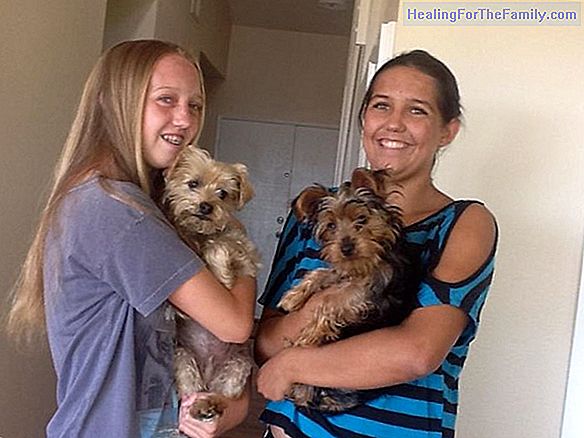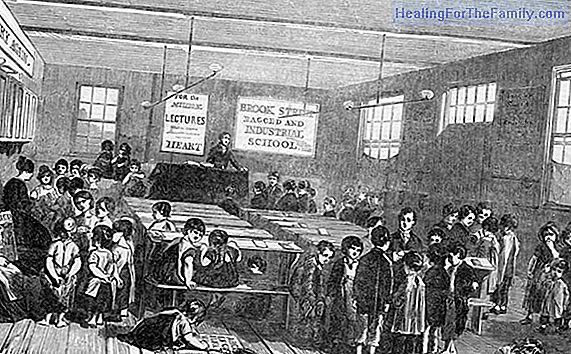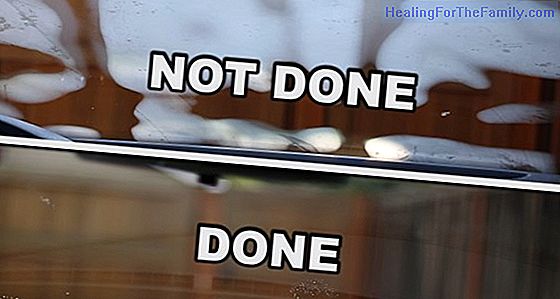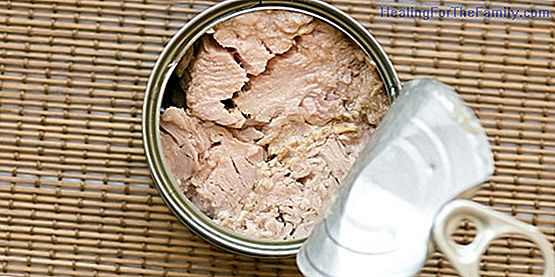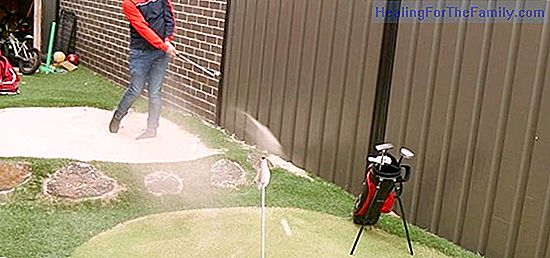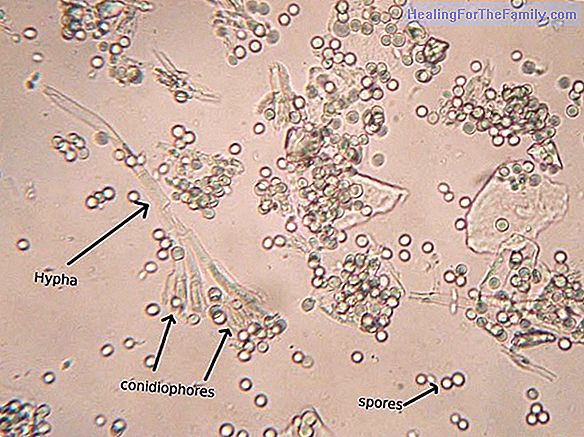The burns of children
Burns are the consequence of contact of the skin of the organism with a source of heat . Fire, hot liquids, caustic or chemical products, electricity and the sun are the agents that can cause burns. In children, the origin of burns is usually accidental or domestic. According to its severity, three
Burns are the consequence of contact of the skin of the organism with a source of heat. Fire, hot liquids, caustic or chemical products, electricity and the sun are the agents that can cause burns. In children, the origin of burns is usually accidental or domestic.
According to its severity, three types of burns can be distinguished: first, second or third degree. The assessment of severity in relation to burns will depend on the extent and depth of the burn.
Types of skin burns of children
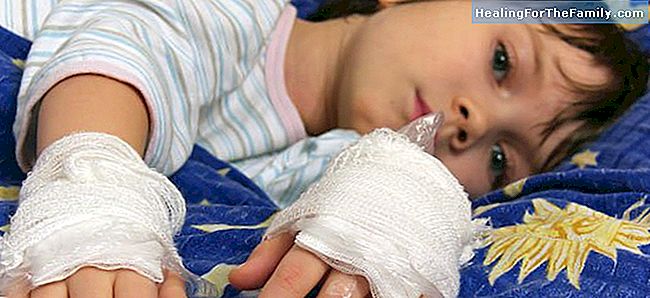
First degree:are superficial lesions, which destroy only the epidermis, which is the first layer of the skin. They manifest with redness or erythema, hyperemia, pain and inflammation. They do not usually have skin tears or blisters.
Second degree:these burns cause the loss of the epidermis and the basal layer of the dermis. They are characterized by the appearance of blisters or flictenas, pain, hyperemic and exudative skin. Blisters by friction are also considered second-degree burns and tend to spontaneous epithelialization.
Third degree:are the most serious and are characterized by a total and profound loss of the dermis and the epidermis. They usually manifest without pain because they have injured nerve endings in the area, often have necrotic and irregular edges and the lesion is red or black and you can see the subcutaneous fat.
How to cure a minor burn to a child
1. Wash your hands with cold water. En 2. Cool the skin of the burn under the jet of cold water.
3. Clean the wound with isotonic saline solution or saline, using the entrainment method, never pressure irrigation.
4. Allow to air dry and apply an antiseptic with the properties of a gel such as chlorhexidine.
5. When chlorhexidine is dry, cover the burn with sterile gauze or a hydrocolloid dressing to avoid contamination and possible friction. It is very important that the bandage does not stick to the wound.
6. Check the burn every 12 hours to see its appearance and make a new cure.
Tips to cure the burns of children
- It is advisable to use transparent antiseptics that do not mask the appearance of the wound.
- Do not use alcohol in open wounds.
- Do not touch the wounds with dirty hands.
- Do not use cotton.
- Do not apply adhesive tape directly on wounds.
- Do not blow on a wound.
- Do not violently remove gauze that covers wounds.
- Do not explode the blisters.
- Do not extract foreign bodies.



